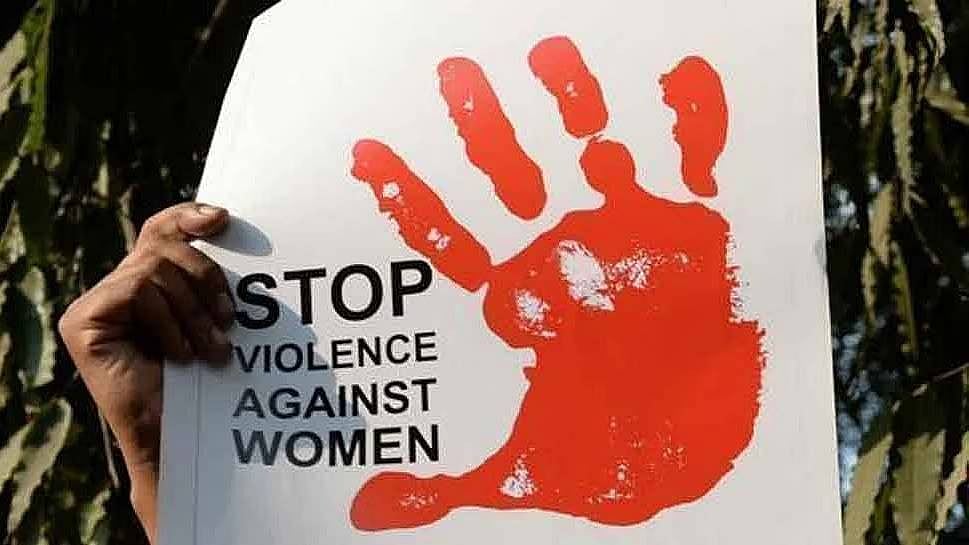Nation
NE capitals shine, Hindi heartland worst in women's safety rankings
Data revealed in newly released National Annual Report & Index on Women's Safety 2025

Cities such as Kohima, Visakhapatnam, Bhubaneswar, Aizawl, Gangtok, Itanagar, and Mumbai have been identified as the safest for women in India, while those like Patna, Jaipur, Faridabad, Delhi, Kolkata, Srinagar, and Ranchi lag behind in key safety indicators. This was revealed in the newly released National Annual Report & Index on Women's Safety (NARI) 2025.
Released on Thursday, the report surveyed 12,770 women across 31 Indian cities and determined an overall national safety score of 65 per cent. Cities were classified as performing 'much above, above, at, below', or 'much below' this benchmark.
The top-performing cities reportedly benefitted from a combination of gender equity, stronger civic engagement, effective policing, and infrastructure conducive to women’s mobility and safety. In contrast, the lowest-ranked cities struggled with weaker institutional support, traditional patriarchal attitudes, and significant gaps in public infrastructure.
“Kohima, Vishakhapatnam, Bhubaneswar, Aizawl, Gangtok, Itanagar, Mumbai lead national safety rankings, often correlating with higher gender equity, infrastructure, policing, or civic participation while Ranchi, Srinagar, Kolkata, Delhi, Faridabad, Patna, and Jaipur scored lowest, correlating with poorer infrastructure, patriarchal norms, or weaker institutional responsiveness,” the report stated.
Despite some progress, 40 per cent of women surveyed still considered themselves "unsafe" or "not so safe" in their own cities, while six in ten reported generally feeling secure.
Safety perceptions dropped sharply after dark, especially in public spaces such as parks, streets, and transportation hubs. Educational campuses were seen as relatively secure during the day, with 86 per cent of women feeling safe there, but that sense of security diminished significantly at night or off-campus.
Published: undefined
Workplace safety was another mixed area. While 91 per cent of respondents felt safe at work, nearly half were unaware of whether their employers had implemented Prevention of Sexual Harassment (POSH) policies. Among those who were aware, most believed the policies to be effective.
However, trust in institutional action remained low. Only 25 per cent of women expressed confidence that authorities would respond effectively to safety complaints. While 69 per cent considered ongoing efforts somewhat adequate, over 30 per cent pointed out considerable gaps, and just 65 per cent said they saw any real improvement from 2023 to 2024.
Incidents of harassment remained a concern, with seven per cent of women reporting such experiences in public spaces during 2024. This figure rose to 14 per cent among women under the age of 24.
The most common locations flagged were neighbourhood areas (38 per cent) and public transport (29 per cent), yet just one in three victims came forward to report what happened.
The report underscored that official crime data fails to paint a complete picture of women’s safety. “Two out of three women do not report harassment, meaning NCRB misses the bulk of incidents,” the report noted, urging that government data be supplemented with perception-based tools like the NARI Index.
At the launch of the report, National Commission for Women (NCW) chairperson Vijaya Rahatkar emphasised that safety issues must be addressed beyond policing. “Safety cannot be seen merely as a law-and-order issue but as one that affects every aspect of a woman's life whether it is her education, health, work opportunities and freedom of movement,” Rahatkar said.
Published: undefined
She added that feeling unsafe causes women to restrict their own potential, which has wider implications. “They limit themselves, and women limiting themselves is not only for their own development, but also for the development of the country.”
Calling for an environment that supports all dimensions of women’s well-being — physical, psychological, financial, and digital — she urged a multi-layered approach to safety. “It is our responsibility to protect women not just from crimes on the streets but also from cybercrimes, economic discrimination and mental harassment,” she stated.
Among positive developments, she noted the increasing presence of women police personnel and female public transport drivers, which have helped boost confidence in public spaces. “In many Union Territories, 33 per cent of police personnel are now women, and this has made a decisive difference in building trust.”
She also acknowledged the impact of measures like women's helplines, expanded CCTV surveillance in smart cities, and better security infrastructure at bus depots and railway stations.
Yet Rahatkar called on civil society to play its part: “We often blame the system, but we must also ask what we have done. Whether it is using helplines, supporting awareness drives, or simply keeping public toilets clean, society's role is equally important.”
The NARI Index was developed jointly by The NorthCap University and Jindal Global Law School, and is published by the Group of Intellectuals and Academicians (GIA).
Published: undefined
Follow us on: Facebook, Twitter, Google News, Instagram
Join our official telegram channel (@nationalherald) and stay updated with the latest headlines
Published: undefined